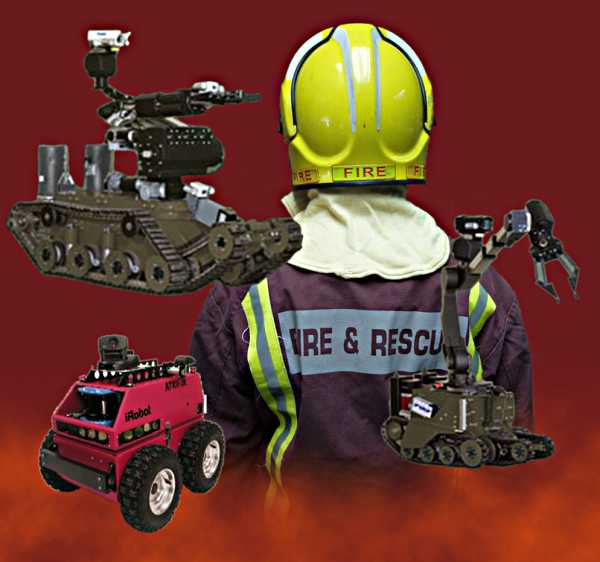VIEW-FINDER
m |
m (→External Links) |
||
| Line 61: | Line 61: | ||
* Publicity | * Publicity | ||
** [http://www.sciencemuseum.org.uk/antenna/firefightingrobots/ GUARDIANS and VIEW-FINDER exhibit in London science museum] | ** [http://www.sciencemuseum.org.uk/antenna/firefightingrobots/ GUARDIANS and VIEW-FINDER exhibit in London science museum] | ||
| − | * [http://www. | + | * [http://www.fire.nist.gov/tree_fire.htm NIST Christmas tree fire video] |
* NIST's [http://www.fire.nist.gov/fds/ FDS-SMV fire dynamics simulator] (also see [http://www.fire.nist.gov/fds/comparison_examples.html comparison of real and simulated fire]) | * NIST's [http://www.fire.nist.gov/fds/ FDS-SMV fire dynamics simulator] (also see [http://www.fire.nist.gov/fds/comparison_examples.html comparison of real and simulated fire]) | ||
[[Category:Projects]] | [[Category:Projects]] | ||
[[Category:Viewfinder|*Viewfinder]] | [[Category:Viewfinder|*Viewfinder]] | ||
Revision as of 19:04, 31 January 2008
|
Nitrogen gas evolution in a room-fire scenario (simulated with NIST's FDS-SMV)
|
Contents |
The VIEW-FINDER project
Objective
 |
The VIEW-FINDER project is the European Union 6th framework program project no: 045541.
The VIEW-FINDER project is an Advanced Robotics project, consisting of 9 European partners, including South Yorkshire Fire and Rescue Services, that seeks to use an autonomous robotic system to establish ground safety in the event of a fire. Its primary aim is to gather data (visual and chemical) to assist fire rescue personnel. A base station will combine gathered information with information retrieved from the large scale GMES-information bases.
This project will address key issues related to map building and reconstruction, interfacing local command information with external sources, human-robot interfaces and autonomous robot navigation. The project is coordinated by MERI at Sheffield Hallam University.
The developed VIEW-FINDER system will be a complete semi-autonomous system; the individual robot-sensors operate autonomously within the limits of the task assigned to them, that is, they will autonomously navigate through and inspect an area. Central Operation Control (COC) will assign tasks to the robots and just monitor their execution. However Central Operation Control has the means to renew task assignments or detail tasks of an individual robot. System-human interactions at the COC will be facilitated through multi modal interfaces, in which graphical displays play an important but not exclusive role.
Although the robots are basically able to operate autonomously, human operators will be enabled to monitor their operations and send high level task requests as well as low level commands through the interface to any nodes in the entire system. The human interface has to ensure the human supervisor and human interveners are provided a reduced but good and relevant overview of the ground and the robots and human rescue workers there in.
The project will end November 2009.
Partners
Coodinator
- Sheffield Hallam University, Microsystems and Machine Vision Laboratory, Sheffield, United Kingdom
Academic Research Partners
- Royal Military Academy - Patrimony, Belgium
- Democritus University of Thrace - Xanthi, Greece
- Degli Studi di Roma "La Sapienza", Italy
- Przemyslowy Instytut Automatyki I Pomiarow, Poland
Industrial partners
- Space Applications Services, Belgium
- Galileo Avionica -S.P.A., Italy
- Intelligence for Environment and Security SRL-IES Solutions SRL, Italy
- South Yorkshire Fire and Rescue Service, United Kingdom
